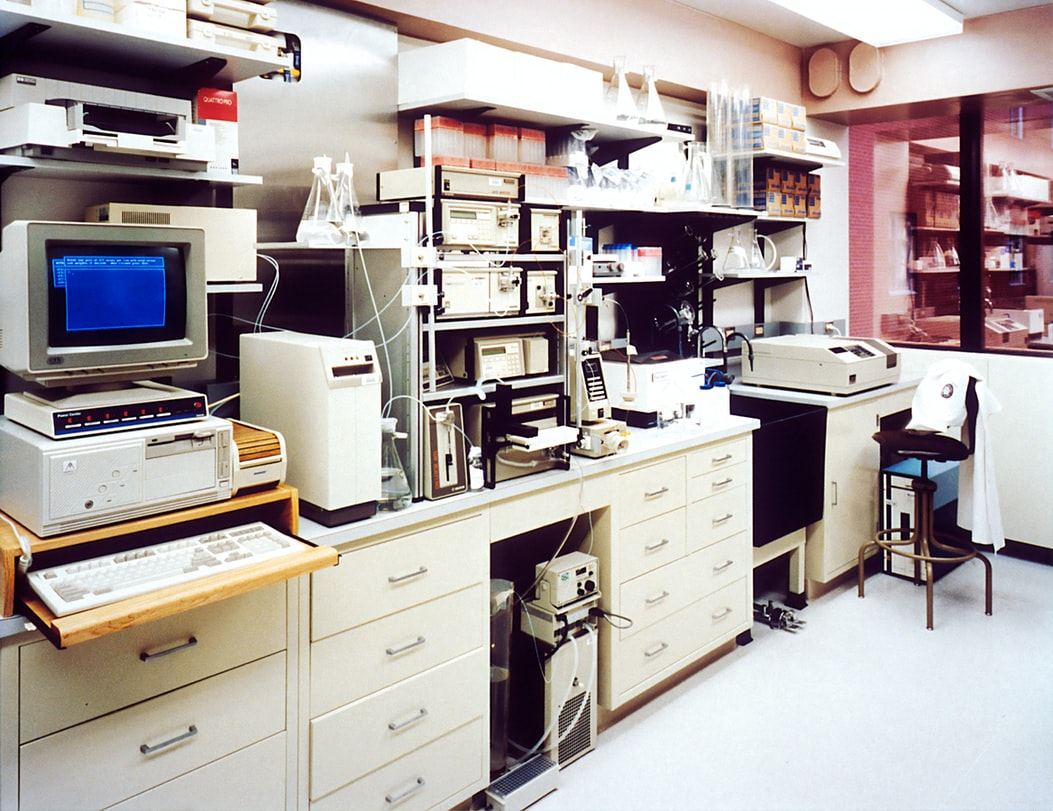We recently hosted our latest roundtable for IT leaders in healthcare to hear from an operator’s perspective on how tech is being used to impact patient outcomes in modern hospitals. Over the last two years, it has become increasingly clear that tech is now at the center of solving today’s patient outcomes and operations. How are providers uniquely approaching innovation – and what business drivers are forcing this demand? What does it look like to build vs partner? How is the back office really changing? What actions are today’s IT leaders taking to address increasing security threats? It has become more clear now than ever before that providers small and large need to find new and creative ways to quickly scale both teams as well as technology. Our roundtable broadly focused on best practices for leaders in this area. Please see below for some of our key takeaways from the conversation.

- Data and Data Literacy Are Key – We knew pre-COVID that data was important, but today there is a much greater appreciation for just how important data really is. This includes data literacy – the need to increase data-oriented sets inside of healthcare providers – statistics, modeling, etc. Additionally, COVID exposed the fact that there’s not a ton of standardization in the industry – we have very non-resilient delivery models. In the future we will need better answers for how we can protect sensitive data but also meet the demands of the world
- Value as the Measuring Stick – Everyone agrees that value is important. But, you get a different perspective on value depending on where you sit. In healthcare delivery, however, it does seem to be the underlying theme in pretty much everything that we do. If you look at healthcare in the US it’s awesome. We have great access, great tech, great things going on. At the same time though, our costs are pretty high (double or triple elsewhere) – so sooner or later you come to that crossroads, where people ask if it’s worth paying for what we are getting. And today, we pay more than anyone else, so that day of reckoning is sure to come. We need to build greater value into the healthcare system so that what consumers are paying for is worth it. One of the ways we can do that is with scale – by making systems more scalable. Information and information transparency is key – these are some of the core components of innovation
- Build vs. Buy – Are you better off trying to develop things internally? Or should you focus on buying things from the outside? One thing to keep in mind is that when you do things on the inside, you often get distracted and have so many other priorities that it’s hard to really stay focused on the development of a new technology or innovation. Versus, if you buy, that company is myopically focused on the problem they are trying to solve (as a startup, skunkworks operation, or small team) – it’s their whole world. So, if you want efficiency in innovation – you may be better off buying it. But, this can be hard, because when you sit in a large organization, you have all these investment boards that think they can reach the same solution for 20% of the cost. In reality though, these initiatives never really come to fruition. An academic medical center can burn through the budget, realize they are only halfway there, and start to flounder. At that point, the question arises: why didn’t you just buy it on the outside? This is where the VC/PE model can really come in handy – acquiring tech and disparate perspectives from the outside
- Preventative Security – How do you secure your environment without drawing away from innovation? This is like preventative health: you want to drive resources towards prevention vs. having to address issues after they’ve already occurred. The more that we prevent, the less money we spend on longer-term challenges. Defense in depth, foundational policies, having consistent standards, etc. The key to having security well-integrated with the rest of the team is having a standardized approach for IT, development, and security. Everyone has to have the same mindset and operate in the same way. In the medical space this is a big challenge, vendors on the device side are slower to come along in the medical space, and there is a lot more integration between the worlds
- Automation in Security and IT – Modern security attacks are at machine speed, and so teams must be able to respond at machine speed. The key is automation and reducing the burden on people. Model of models solutions. But beyond security, automation is still very important to the broader ecosystem: workforce scheduling, predicting COVID, information overload, and many other organizational problems in different departments can greatly benefit from automated processes
- Risk vs. Value – It’s not always about fully minimizing risk – it’s about weighing risk vs. value – maximizing value and titrating the risk appropriately
- COVID Enabled Fast, but Potentially Myopic Shifts – COVID helped push a vast increase in telemedicine, security, and other forms of digitization – the urgency brought about by the pandemic enabled the ecosystem to all row in one direction. But ultimately, that’s not the real world we live in and we’re going to be facing some clawback. What got left behind during COVID? Are patients really being better served by telemedicine? Moving quickly doesn’t always mean moving smartly
- Digital Engagement is the New Focus – It’s time to put tools into the hands of consumers and patients like we’ve done in other parts of our lives (e.g. consumer and retail). This means an increase in offerings (omnichannel provider care), but also meeting patients where they are. For some, that might mean continuing the telemedicine trend, but for others that might mean seeking care the ways they are best accustomed (in-person connection is important for isolated populations, or those without access to high speed internet). Flexibility is crucial. For decades at a time in healthcare, we were focused on the transactional layers of healthcare – APIs, EMRs, ERPs, HL7 etc. Now it’s time that we level up on the experiential elements of healthcare – focusing on the specifics of consumers, and patient care. How can we really look at all the different elements around what goes into a decision making process for that human being on the other end?
- Operational Precision Can Lead to a Reduction in Resiliency – The more precision you build into operations, the more risk you might (counterintuitively) end up taking. For example: “Just in time” supply chain issues – the tighter things are, the less resilient they become. The more connected that healthcare has become (after all, it has spent a long time being entrenched and not disrupted), the more the industry has been pressured to work through some of these systemic issues
- Innovation to Address Social Impact – The pandemic has accentuated the cracks and fault lines in healthcare. Social impact is a huge issue – how can we address these issues by leveraging everything around cloud, data analytics, thinking big, etc.? How can we leverage these tools to help fix the gaps that exist between the “haves” and “have-nots” going forward? Whatever we do from our tech perspective, there are always positive and negative impacts, and it’s important to always keep our fellow human beings in mind while doing our jobs


